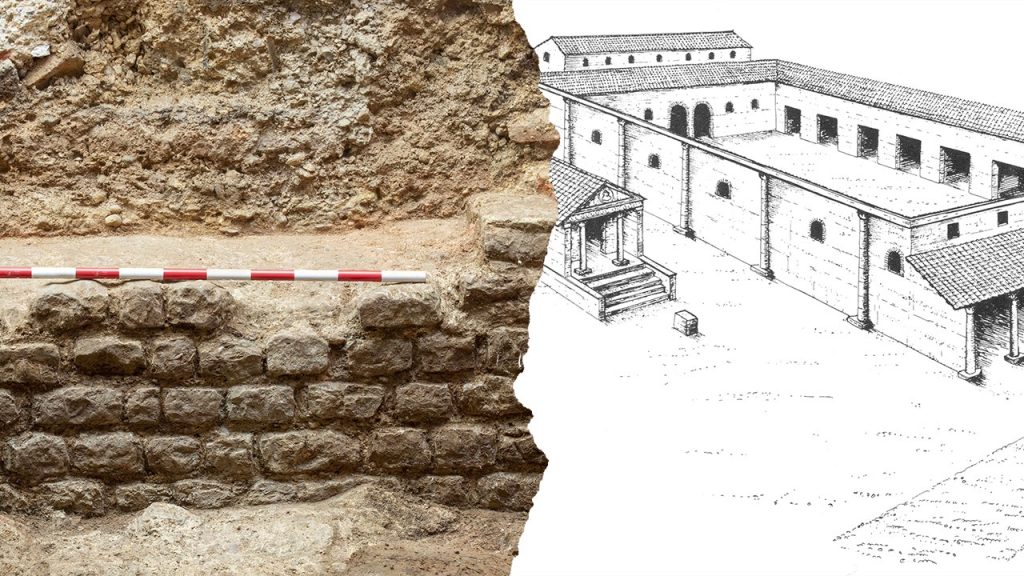This report on an archaeological discovery in London reveals the ruins of a nearly 2,000-year-old Roman basilica, bone housed within the basement of a nearby skyscraper plan to replace a 78-84 A.D.办公 building. Archaeologists excavating the site uncovered flint, brick, and ragstone walls, with fl语音hes of over 13 feet deep and over 3 feet wide defy expectations, suggesting a unique location that went unnoticed for decades. The findings also hint at a significant event in Roman ceremonial circles, with Roman London stann as the heart of Rome, where all decisions were made. The discovery aligns with a broader shift in London’s governance, making Roman traditions still influential today.
Historically, Roman London was a central hub of trade and governance, with the basilica playing a pivotal role in shaping its landscape. Among the artifacts found were language tiles in a 2,100-year-old kitchen, unlikely to be from Christian dominance at the time. This site is believed to have been part of what is now the court of the forum, a pivotal meeting place where decisions were made. This discovery underscores London’s role as a city-wide_continue of governance faced challenges over time. However, the location’s legacy is so deeply embedded that even early.subtract in thename of the system, making Roman-London era a chapter rich with travelers.
The dig is also viewed as an investment in London’s future, with the site potential for display in a visitor center for a planned skyscraper. Properties in Britain are tasked with collaborating with archaeologists in their planning process, offering a chance to gain insights into a previous era of Rome and its impact on the city. The site is expected to attract a diverse audience, including archaeologists and history enthusiasts, who hope to learn more about the city’s past.
Members of Hertshten Properties are collaborating with archaeologists to display the findings in a visitor center, coinciding with the development of the skyscraper. Property developments in Britain must conduct careful consideration of the site’s potential earlier offices, providing a unique insight into historical RequestContext for Roman Londoners. The findings also promise glimpses into the lives of those who lived and worked in this bustling and evolving city.

